Ants are insects we frequently encounter in daily life. It’s estimated that the total biomass of ants on Earth may equal that of humans. They inhabit nearly every ecosystem, and over 30,000 species have been described, with many more still undiscovered. What makes ants truly remarkable is their highly organized social structure and their extraordinary ability to work together.
In this article, we’ll explore and explain 20 representative ant species—both venomous and non-venomous—to help you identify and better understand their roles in nature.
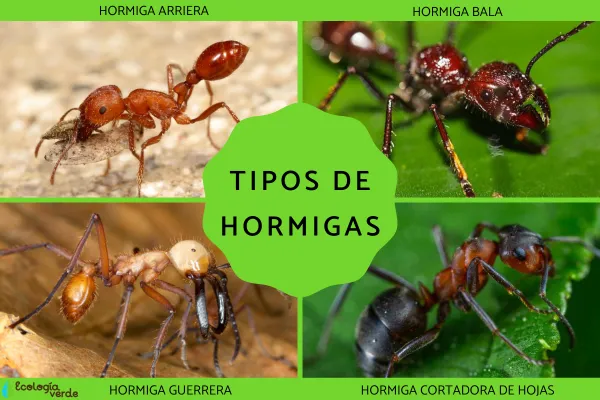
Ants are insects with a body divided into three regions and possess the following features:
Three pairs of jointed legs
An exoskeleton
A pair of antennae
They also have strong mandibles used for killing prey, carrying food, or building nests. Some ants can bite, others sting, and a few species can even cause allergic reactions or chemical burns. Based on their behavior and toxicity, ants can generally be grouped into:
Venomous ants
Non-venomous ants
Ants are found on every continent except Antarctica, with tropical and subtropical regions harboring the greatest diversity. They are primarily terrestrial but can be found in trees, shrubs, or even human structures.
This desert ant from the U.S. and northern Mexico has the most toxic venom known among insects—20 times stronger than a honeybee and 35 times more potent than a rattlesnake. It can kill a small mouse with a single sting.
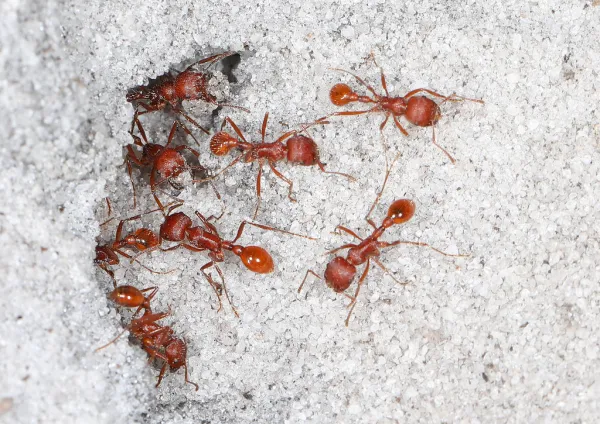
Known as the most painful insect sting in the world, its pain can last for 24 hours. Used by Amazonian tribes in coming-of-age rituals. Its venom is not lethal but can cause temporary blackouts due to extreme pain.
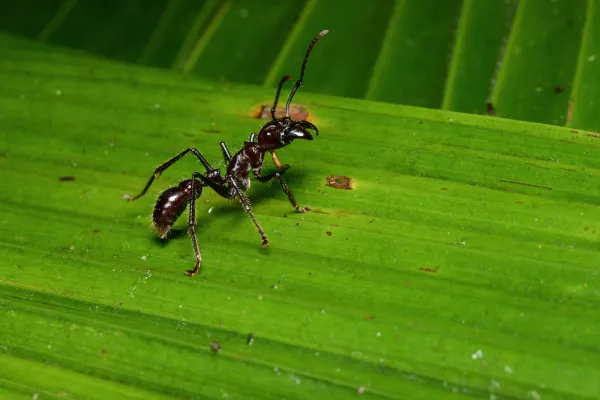
Native to Australia and one of the largest ants (up to 3 cm), its venom causes intense pain in mammals and paralyzes other insects.
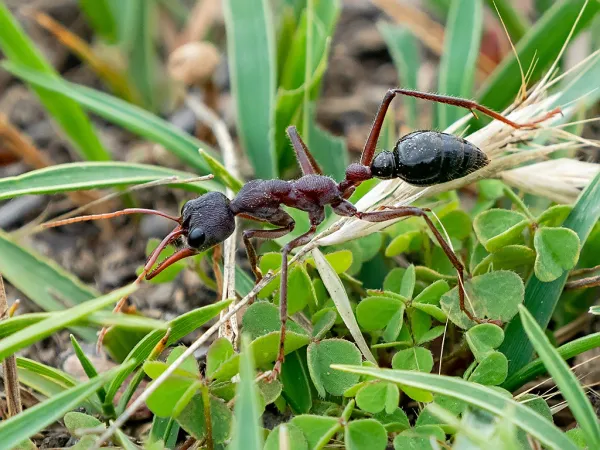
These ants have small stingers but large formic acid glands. Their defense involves biting and then spraying acid into the wound.
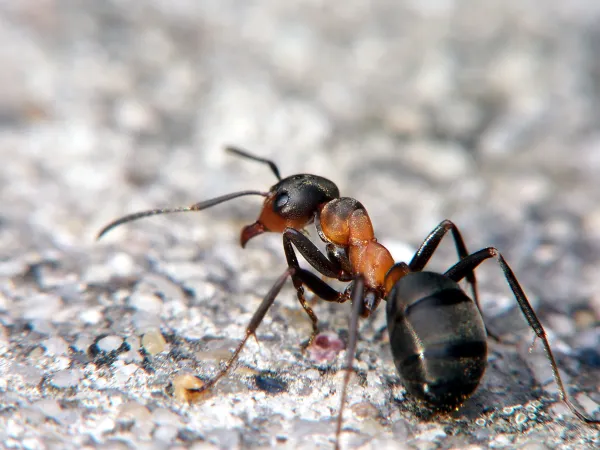
Fire ants sting repeatedly while gripping their target, injecting toxic alkaloids called piperidines. They can also damage plants by attacking their roots.
Also from Australia, these ants attack with powerful jumps and can cause allergic reactions or anaphylactic shock.
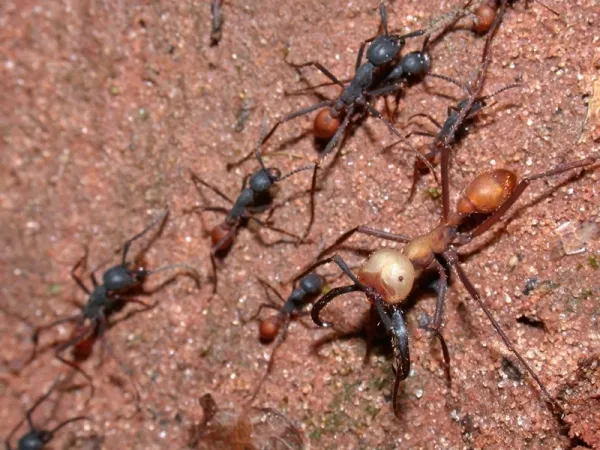
Originally from Asia, now invasive in North America. Its venom can cause serious skin reactions and allergic symptoms.
Known for their massive swarms and large, crushing mandibles. Though not highly venomous, their aggressive behavior makes them formidable predators.
These ants from the U.S. build large mounds and use formic acid in defense, biting first then spraying acid.
Famous for their lightning-fast mandibles that snap shut to kill or defend. Their speed is one of the fastest movements in the insect world.
Despite popular fears, many ants are harmless to humans and play vital ecological roles. Here are 10 common non-venomous ants:
One of the most common ants across Europe and Asia. Nests in soil, walls, and under pavements.
Found in Central and South America. They form large hunting swarms and attack with oversized mandibles.
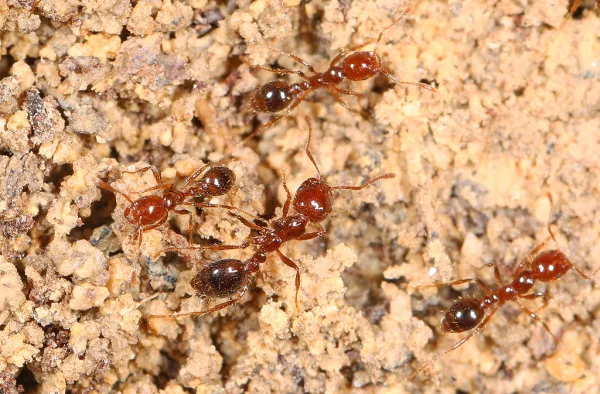
Distributed across the Americas, known for cutting leaves to feed fungus in their colonies.
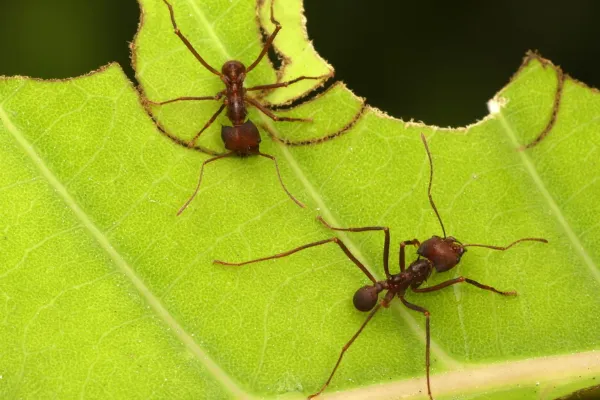
Found worldwide and build nests in wood—but unlike termites, they don’t eat it.
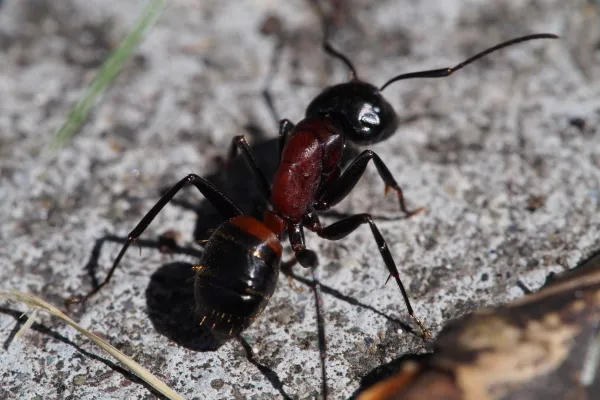
Light yellow ants that invade homes and hospitals, thriving in humid, unsanitary environments.
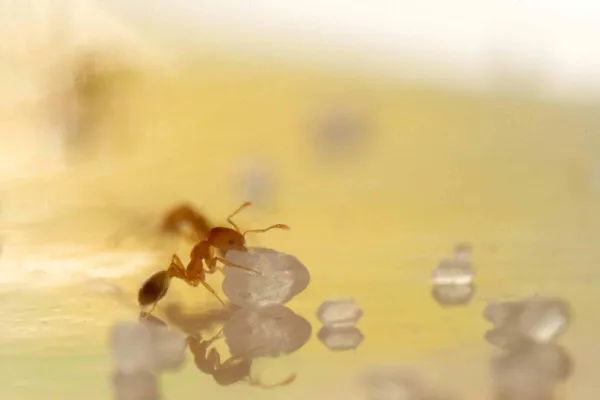
Attracted to sugary foods. Found throughout North America from Canada to Mexico.
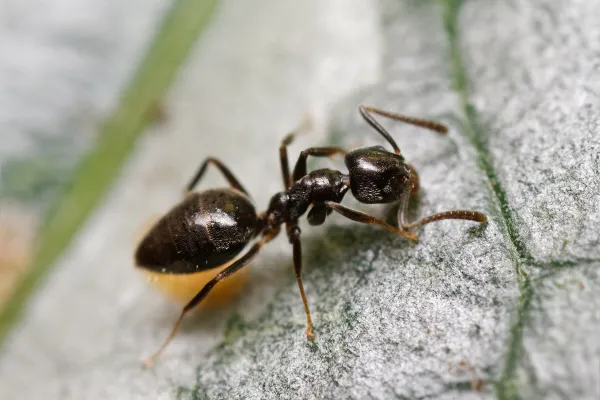
A large leafcutter ant from Mexico. Known regionally as an edible delicacy.
Tiny and nearly transparent, they often go unnoticed in kitchens and bathrooms.
Nests in pavement cracks and stone crevices. Often found in urban areas and considered a pest.

Originally from South America, now widespread due to human activity. Known for forming massive colonies.
Ants are incredibly diverse and occupy nearly every ecological niche. Whether it’s the deadly Maricopa harvester ant or the harmless black garden ant, they each play important roles in their ecosystems. Learning to recognize different ant species not only helps with pest control but also deepens our understanding of biodiversity and insect behavior.
References
Pérez, R., Condit, R., & Lao, S. (1999). Distribution, mortality, and plant association of Paraponera clavata (Hymenoptera: Formicidae) nests on Barro Colorado Island, Panama. Rev. Biol. Trop., 47(4): 697–709.
Robinson, S. D., Mueller, A., Clayton, D., Starobova, H., Hamilton, B. R., Payne, R. J., Vetter, I., King, G. F., & Undheim, E. (2018). A comprehensive portrait of the venom of the giant red bull ant, Myrmecia gulosa, reveals a hyperdiverse hymenopteran toxin gene family. Science Advances, 4(9), eaau4640. https://doi.org/10.1126/sciadv.aau4640
Bayer Environmental Science. (n.d.). Pharaoh Ant. Available from: https://www.environmentalscience.bayer.es/Pest-Management/O-quecontrolar/Pharaoh-Ant
Beatty, R., Beer, A., & Deeming, C. (2010). The Book of Nature. Great Britain: Dorling Kindersley
Nature Science & Outdoors Activities. (2017). Harvester Ants. Available from: https://www.koaw.org/harvesterant
animal tags: Ants
We created this article in conjunction with AI technology, then made sure it was fact-checked and edited by a Animals Top editor.